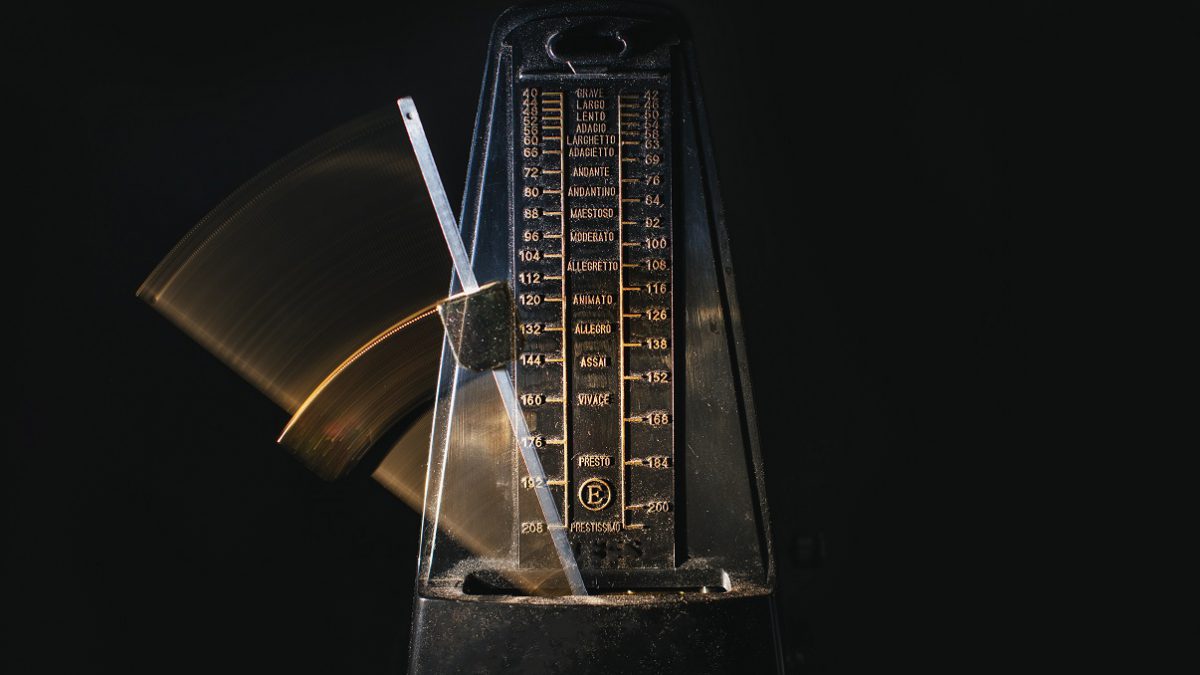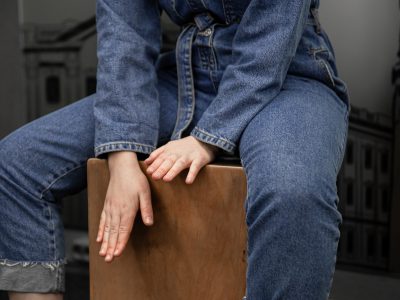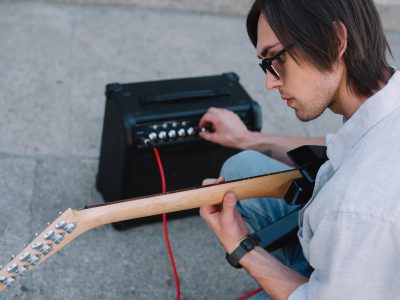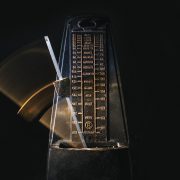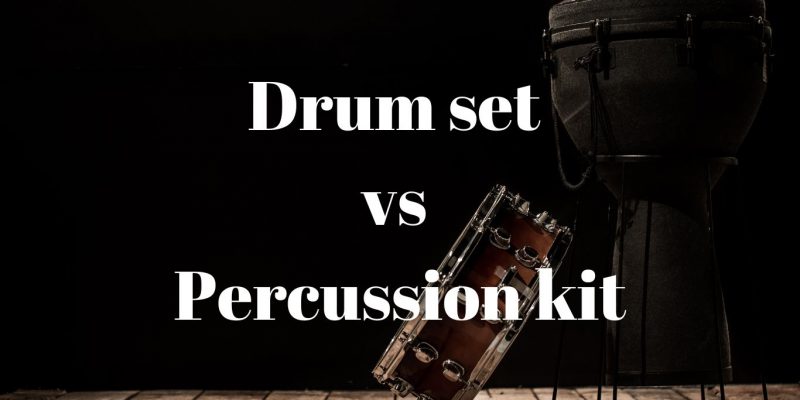
Drum set or percussion kit – beginner’s guide
Do you want to know everything about playing drums or percussion instruments? We’ve prepared a guide for beginners – here, you’ll find helpful information about assembling your percussion kit.
The dream about becoming a percussionist – how to start?
If you consider yourself someone with many rhythms and who likes drumming, you have probably thought about setting up your percussion kit and becoming a drummer or percussionist. After all, a percussion kit is ideal for those who like to vary the instruments and want to give even more life to the song. Therefore, many questions exist about how to master drums or what types of instruments are part of a percussion kit.
What is the difference between a drummer and a percussionist?
A percussionist and a drummer share similarities, making it difficult to distinguish between the two. Drummers typically play on a standardized drum kit consisting of drums, hardware, and cymbals and use sticks to play. In contrast, percussionists play various percussion instruments, such as bongos, congas, and maracas. Latin percussionists are primarily known for their proficiency in playing these instruments.
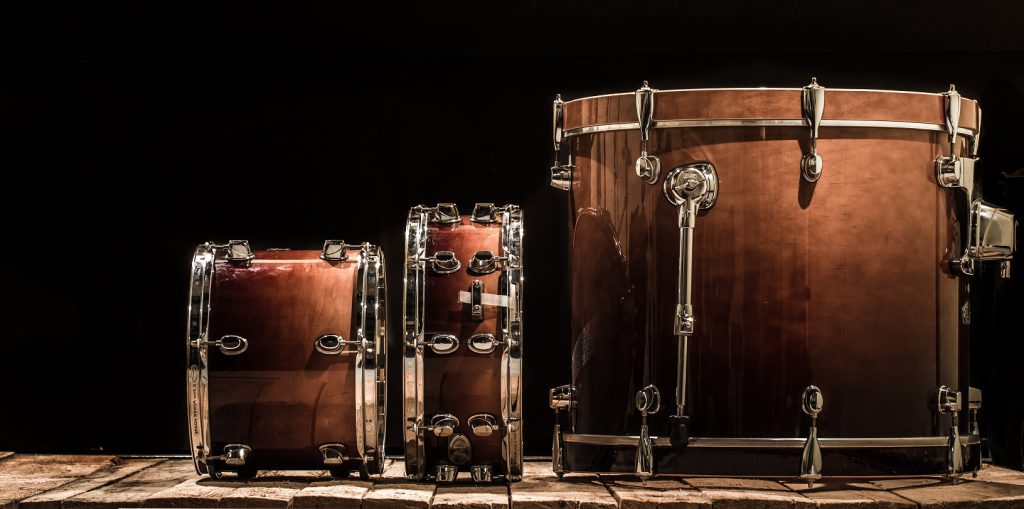
A percussionist and a drummer share similarities, making it difficult to distinguish between the two
What is percussion in music?
During a song, percussion instruments perform a rhythmic function. In ancient times, percussion could be a hollow tree trunk or a stretched animal skin. In either situation, the goal was to produce a rhyming sound that the entire group could hear. Thus, these instruments were used in various events, from funeral rituals to religious celebrations or parties.
What is the function of a percussionist?
The primary function of a percussionist is to complete the rhythmic sound of the songs. However, that doesn’t mean a percussionist plays like a metronome. What makes such a musician special is their ability to give soul and personality to their actions. That is, whoever plays percussion ends up giving a “special flavor” to the songs, creating a very particular atmosphere for each work.
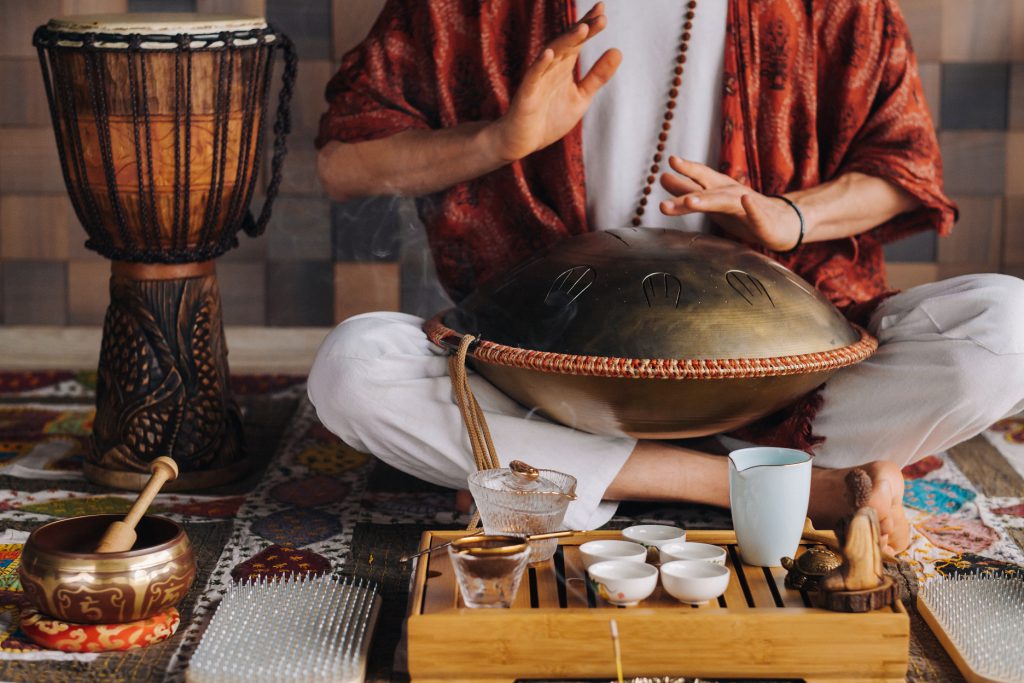
Percussionists play various percussion instruments, such as bongos, congas, and maracas.
A percussion kit – different possibilities
The first thing you should remember when assembling your percussion kit is that it will vary according to the style of music. Therefore, saying that there is an ideal kit for every percussionist is untrue. Below, we presented some various options on how you can assemble your percussion kit.
Standard drum kit
Drummers are typical of modern musical genres, such as pop, rock, and jazz. A drum kit was standardized decades ago and usually consists of a bass drum, snare drum, toms, cymbals, and hardware. However, remember that every drummer has their preferences. Such a drum set can be made up of different numbers of parts so that you can find things like a double bass drum, multiple cymbals, many toms, etc.

A drum kit consists of a bass drum, snare drum, toms, cymbals, and hardware.
Rock percussion kit
If you want to set up a percussion kit for a rock band, the instruments that can help you are congas, a cowbell, a tambourine, a bongo, a cajon, and some cymbals. Of course, this can vary, as you can add or remove some instruments. However, this basic drum kit can already produce a good sound. If you find this set interesting, read our tips on How To Play Cajon.
Reggae percussion kit
In this case, congas and bongos would be the most basic to play reggae on percussion. However, as this style is full of possibilities, you can complement your set with elements like a series of cymbals, a kalimba, or mambira. Just focus on knowing the right moments to apply each of these instruments, and you will have incredible results!
Playing percussion – how do I start?
As several instruments are in a percussion kit, the ideal is that you learn each of them little by little. In this sense, do a lot of research on the different leads you can follow according to the musical style. But remember that, in addition to technique, placing your soul when playing is very important. When you learn the basics of each of the instruments you have, start improvising more. Also, try to play more than one instrument at a time whenever you can. Even performing a cover, always place a new element that identifies you!
Practice with Camtronome – a brilliant metronome app!
Whether mechanical or electronic, the metronome is essential for mastering the rhythm of a piece of music and getting your ear used to the right tempo. When you’re new to music, getting the beat wrong or not knowing the next beat is not uncommon. Thus, we recommend you download a Camtronome app with various functionalities, like a video recording of your practice, the Tap Tempo button, backing tracks and loops with adaptable rhythm, diverse practicing modes, and much more! With regular beeps, the Camtronome indicates each beat at a speed set in advance by you. It helps you know when and when to place your notes. If you’ve never used a metronome before, this sound may distract you at first, but persevere! Also, there are different metronome sounds you can choose from in the app. Visit our Google Play page, and download Camtronome on your phone to become a percussion master!


